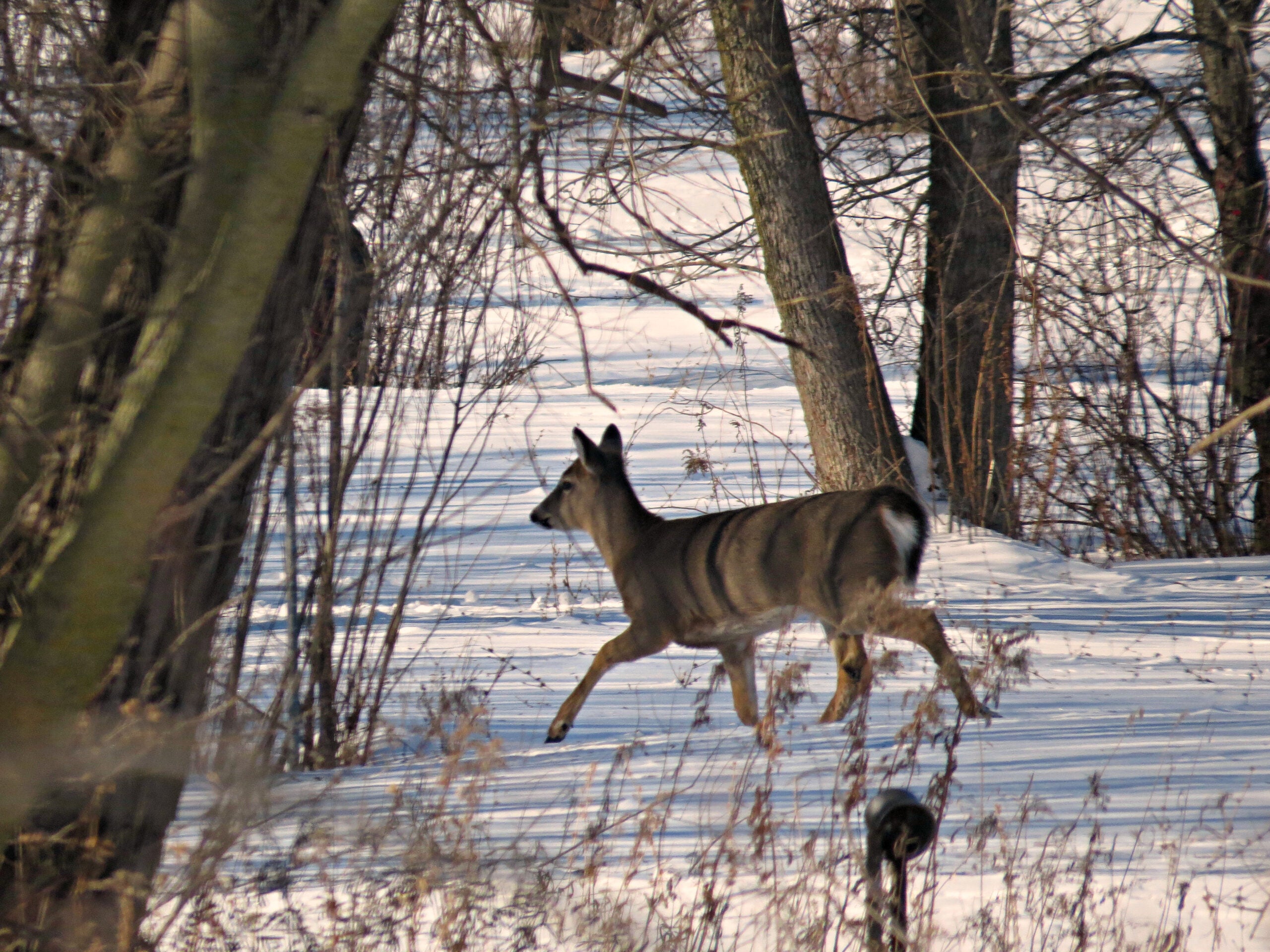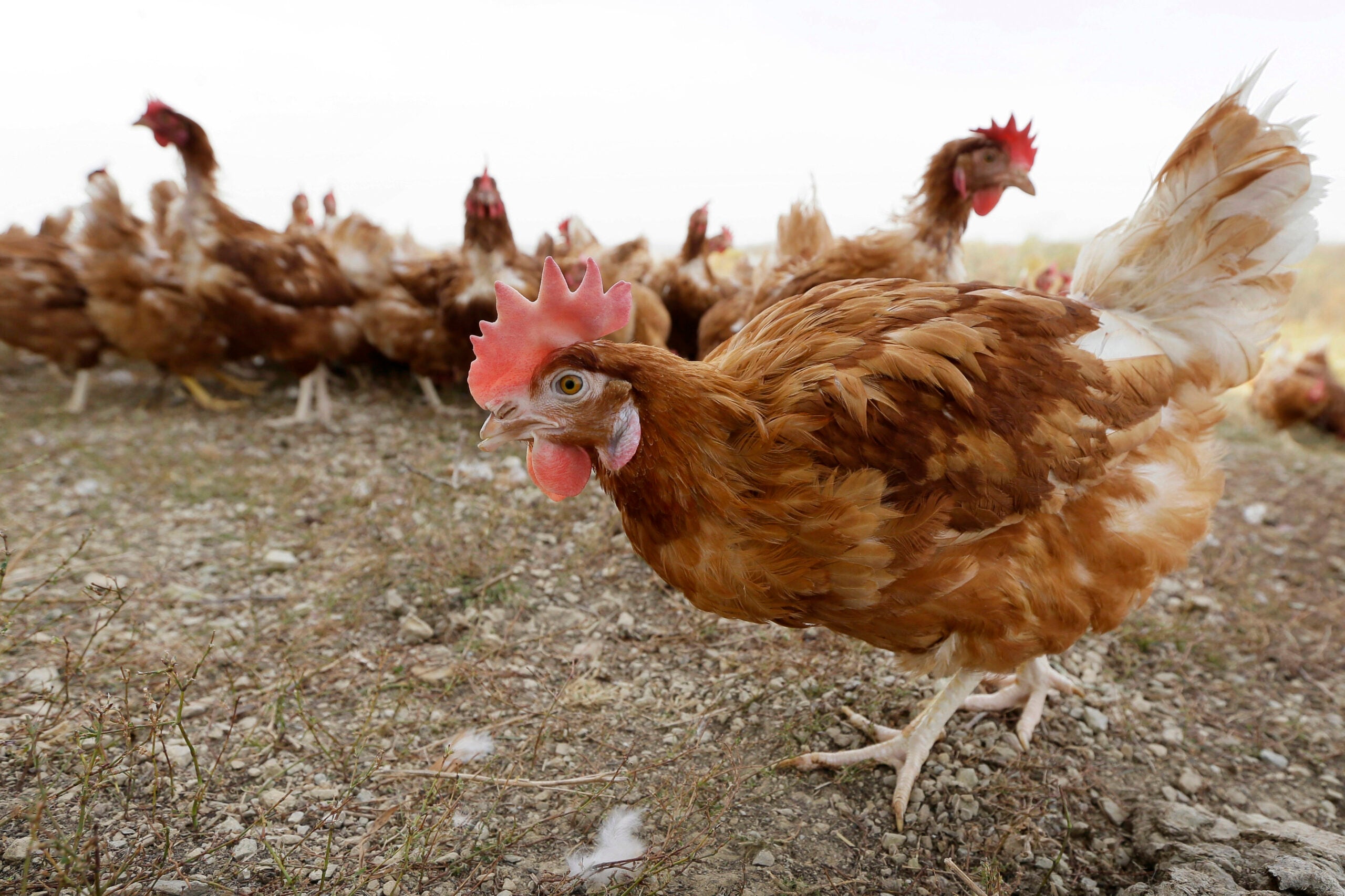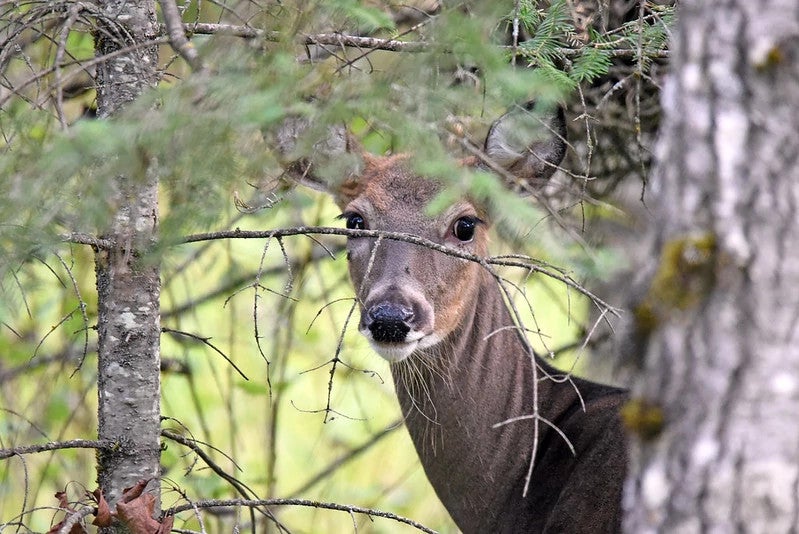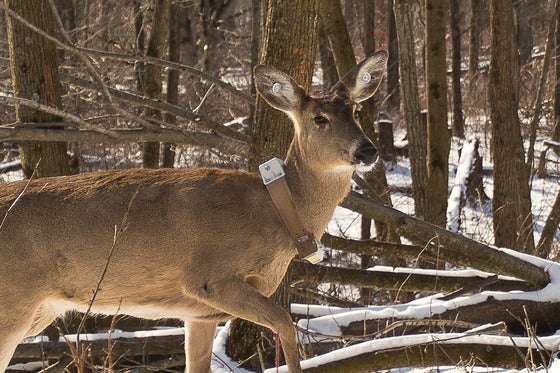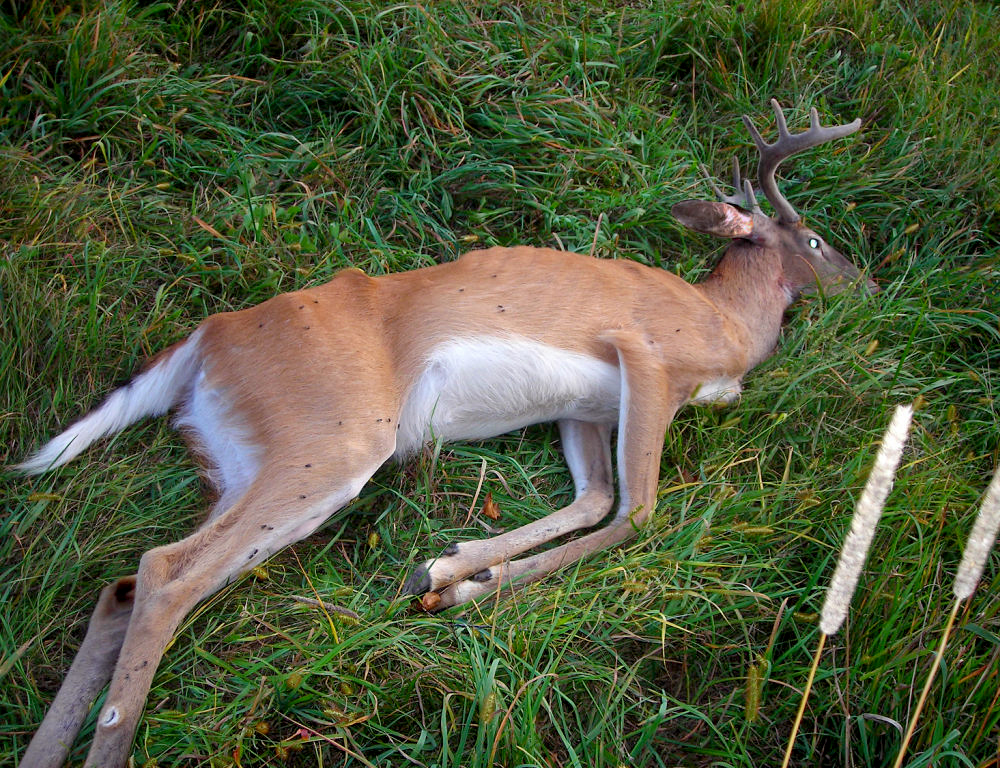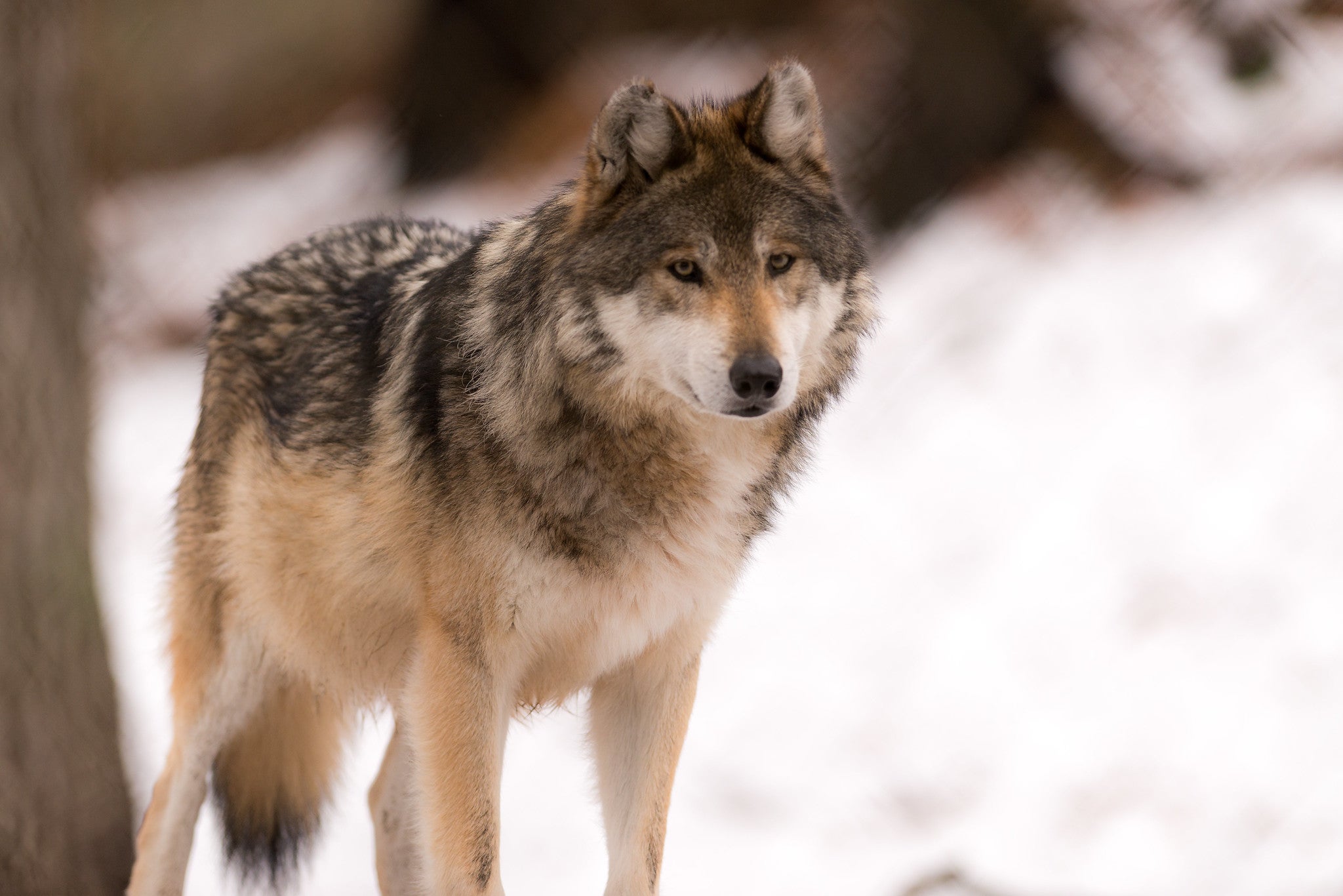There have been more than 400 cases of chronic wasting disease at Wisconsin deer farms and hunting ranches since it was first detected in the state almost two decades ago. But more than a quarter of those were reported in just over the last year, according to newly released state data.
According to the Wisconsin Department of Agriculture, Trade and Consumer Protection, 405 cases of the fatal brain disorder have been reported in deer at 27 farms and hunting ranches since testing began in 2002. Before November 2018, there were a total of 300 CWD positives reported at deer farms.
The majority of the positives have come after 2013 when DATCP began letting some deer farms and hunting ranches continue operating after CWD was detected on their property. Prior to that, all CWD positive deer farms were depopulated.
News with a little more humanity
WPR’s “Wisconsin Today” newsletter keeps you connected to the state you love without feeling overwhelmed. No paywall. No agenda. No corporate filter.
DATCP State Veterinarian Darlene Konkle said the agency is concerned and keeping track of CWD positives on captive deer operations. But she said many of positives are coming from hunting ranches purposely reducing deer herds through increased hunting.
“In a couple of those cases, especially where you’re seeing large numbers of positives over the past year, those are active efforts on the part of those farms to depopulate part of their populations,” said Konkle. “And they’re selectively depopulating those animals and in some cases trying to reduce their populations. So, we are seeing more positives as a result of that. They’re also testing at 100 percent.”
Wisconsin has 338 registered deer farms and hunting ranches, according to DATCP records. Since 2001, 27 captive deer operations have tested positive for CWD, with 17 being depopulated as a result. There are now seven hunting ranches and three deer farms operating that have had positive cases of the deer disease, according to DATCP.
Wisconsin Wildlife Federation executive director George Meyer said the high number of CWD infections coming from deer farms across the state is alarming. He said current regulations aimed at keeping infections from spreading aren’t working.
“Every year there’s new deer farms that show up with CWD and what is truly troubling to the federation is many of these deer are not depopulated,” Meyer said. “We have a handful of shooting-range facilities in the state which, in fact, still maintain large populations of CWD infected deer and we also know that every year there’s between 20 and 30 incidents of escapes from individual deer farms in the state.”
According to DATCP data, there were 181 escapes from deer farms and hunting ranches between 2013 and 2018 due to storm damage or gates being left open.
Meyer said that puts the state’s wild deer at risk. But he said that even without escapes, allowing farms to continue operating with CWD-infected animals creates an environmental health issue. That’s because live deer shed malformed proteins called prions, which cause CWD.
“So, eventually when those farms go out of business, you’re going to have highly infected soils with CWD prions and even though there’s cleanup activities, there surely is no guarantee that all the prions that would come from having 100 or 200 CWD infected deer on the landscape are going to be effectively cleaned up,” said Meyer.
Members of Whitetails of Wisconsin, which represents the deer farming industry in the state, weren’t immediately available for comment.
There have been no cases of CWD in humans, though the Centers for Disease Control and Prevention recommends hunters not eat meat from deer that test positive.
Since it was detected in 2002, the Wisconsin Department of Natural Resources has found 6,492 cases of CWD around the state after testing 245,065 animals.
Wisconsin Public Radio, © Copyright 2026, Board of Regents of the University of Wisconsin System and Wisconsin Educational Communications Board.
